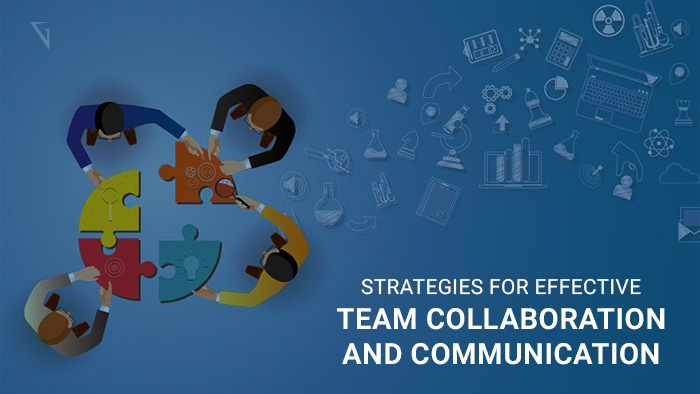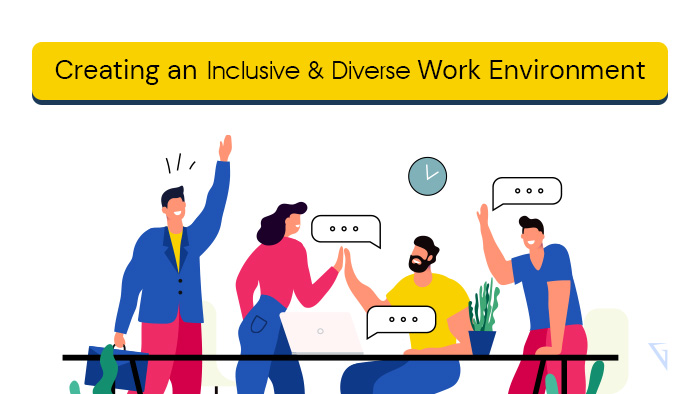
Strategies for Balancing Client Demands and Project Constraints
Introduction: Understanding the Challenge of Balancing Client Demands and Project Constraints Welcome to our guide on strategies for balancing client demands and project constraints. In today’s fast-paced business environment, it is essential for project managers to navigate the complex landscape of meeting client expectations while working within budgetary and resource limitations. This guide aims to provide you with practical insights and actionable strategies to effectively balance these two important aspects of project management. By understanding the challenges involved, you will be better prepared to handle client demands and project constraints efficiently and successfully. It is crucial to recognize that every project starts with a client who has specific needs, requirements, and expectations. By assessing and clearly defining these goals at the outset, you can establish a foundation for success. This assessment helps you align your team’s efforts and ensures that the project outcomes meet the client’s vision. At the same time, it is important to identify the potential limitations that may impact the smooth execution




